What Is Pulsing In Red Light Therapy Cap?
Pulsing refers to light that flashes at a certain frequency, which gives the skin time to cool down, rather than a steady application of continuous light. The frequency of pulsing is measured in Hertz (Hz), which means cycles per second.

Red light therapy has two pulse modes: 10HZ and 40HZ, respectively. In addition, 10HZ is a frequency that is beneficial to the human body, and 40HZ is a frequency close to the frequency of human brain waves. It can affect the entrainment of human brain waves through frequency pulses, thereby improving the effect of treating brain diseases.

Some red light hat also add a breathing mode, so what is the breathing mode?
The breathing mode employs a slow, steady pattern that simulates natural breathing and helps users relax, concentrate and improving blood flow.
Why do we add pulsing to our hair growth hat?
First, it decreases tissue heating. Second, it induces brainwave entrainment; Each mode serves a unique purpose in enhancing hair health.These modes not only stimulate hair growth but also improve blood circulation and oxygen flow to your hair follicles' roots. This is crucial as it facilitates the efficient delivery of nutrients and oxygen to your scalp, enabling your body to naturally produce more melanin.

How is Pulsing Different From Light Flicker?
Pulsing is intentional whereas flicker is not. Flicker is random, not consistent in intervals like pulsing.
Why Adjust Frequencies?
The optimal frequency for red light therapy can depend on the target tissue and desired outcome. Here's a general guideline (remember, specific details may vary):
- Lower Frequencies (10-20Hz): May be better for deeper tissue penetration, pain relief, and inflammation reduction.
- Mid-range Frequencies (20-40Hz): Might be suitable for promoting cellular activity, wound healing, and potentially muscle recovery.
- Higher Frequencies (40Hz+): Could be used for stimulating hair follicles, promoting hair growth, and potentially enhancing athletic performance.
Important Note: This information is for general knowledge only.
Is Pulsing Effective in Red Light Therapy?
Some studies have suggested that pulsing light can be more effective than continuous light for certain applications, while others have found no significant difference.
There's no concrete evidence to prove that pulsing is effective in red light therapy for healing, anti-aging, pain relief, fat burn, muscle growth, facial skin rejuvenation or the many other goals of typical users.
However, it has been found to be useful for:
Deeper Tissue Penetration: Pulsed light may penetrate deeper into tissues than continuous wave light, potentially reaching deeper-seated injuries or areas of inflammation.
Reduced Heat Production: Pulsing the light can reduce the overall heat produced, which can be beneficial if avoiding heat is a concern.
Cellular Response: Some research suggests that cells might respond differently to pulsed light compared to continuous light, potentially leading to different therapeutic outcomes.
The healing and rejuvenating powers of red light therapy rely upon a steady projection of light onto your skin. Because pulsing light is only half as intense as continuous light, it will only provide half the cell penetration and half the therapeutic results.
When and Why Did Pulsing Become a Trend in Red Light Therapy?
A study to determine the most effective applications for laser light therapy (published in 2010) was performed by a professor at Harvard University. The study compared treatments using continuous and pulsed waves and found that pulsed light consistently yielded better therapeutic results.
Are There Any Side Effects Associated With Pulsing?
Pulsing is an unnatural stimulus for your brain and can cause an imbalance in brain-cell activity with unpleasant symptoms:
Nausea
dizziness
rapid eye movements
headaches
disorientation
in extreme cases, seizures (especially in anyone who suffers from epilepsy)
Pulsing is best avoided unless used for brain entrainment purposes, in which case it should be administered with the utmost care and diligence to avoid causing distress.
So if a company is advertising pulsed red light therapy for some special medical application or benefit, then be wary!
If the pulsing is a designed to mitigate heating or transcranial application for entrainment then that would be practical and acceptable.
How Does Red LED Light Therapy Differ From Laser Therapy?
An LED is a semiconducting device that emits visible light when an electric current passes through it. LEDs produce incoherent light, which means that they do not produce any significant heat. LEDs penetrate your body without damaging or burning it.
A laser, on the other hand, produces coherent light. This means that it generates a lot of heat and is far brighter and more intense than LED light. Laser light is capable of heating and burning your skin and damaging your internal organs. The primary reason for pulsing in laser treatments is to mitigate these safety risks. Pulsing allows your skin brief periods during which to cool off.
In red LED light therapy, no such heat mitigation is necessary. You might experience a mild and pleasant warm sensation on your skin during therapy, but you will not burn. Red LED and NIR (near-infrared) light therapy can now provide the same depth of cell penetration and healing as older laser technology but without the dangers.
As LED technology began to surpass laser therapy in popularity, LEDs were viewed as a replacement for lasers in light treatment. This is why, even though an LED is not a laser, red light therapy as we know it today is sometimes also referred to as low-level laser therapy.


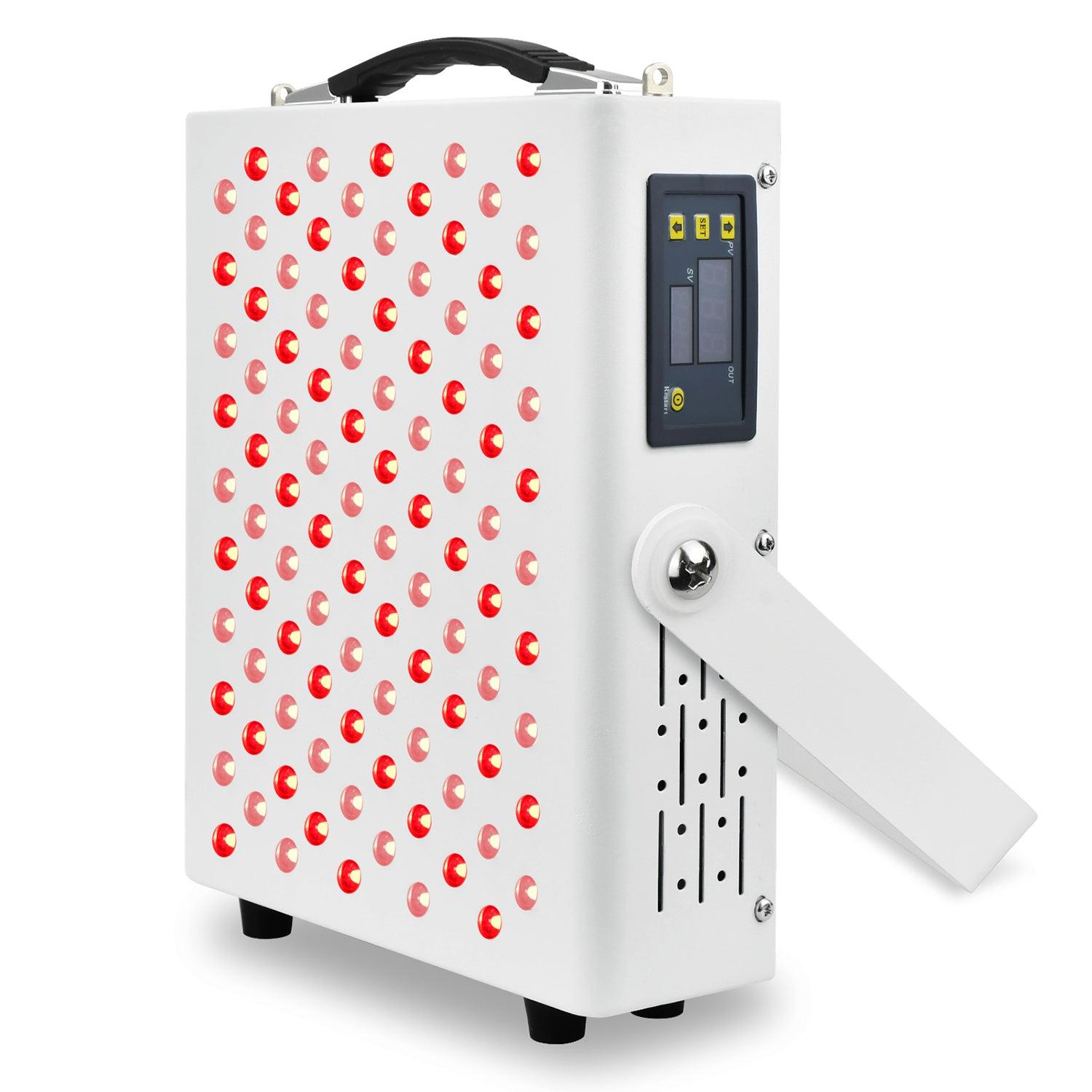
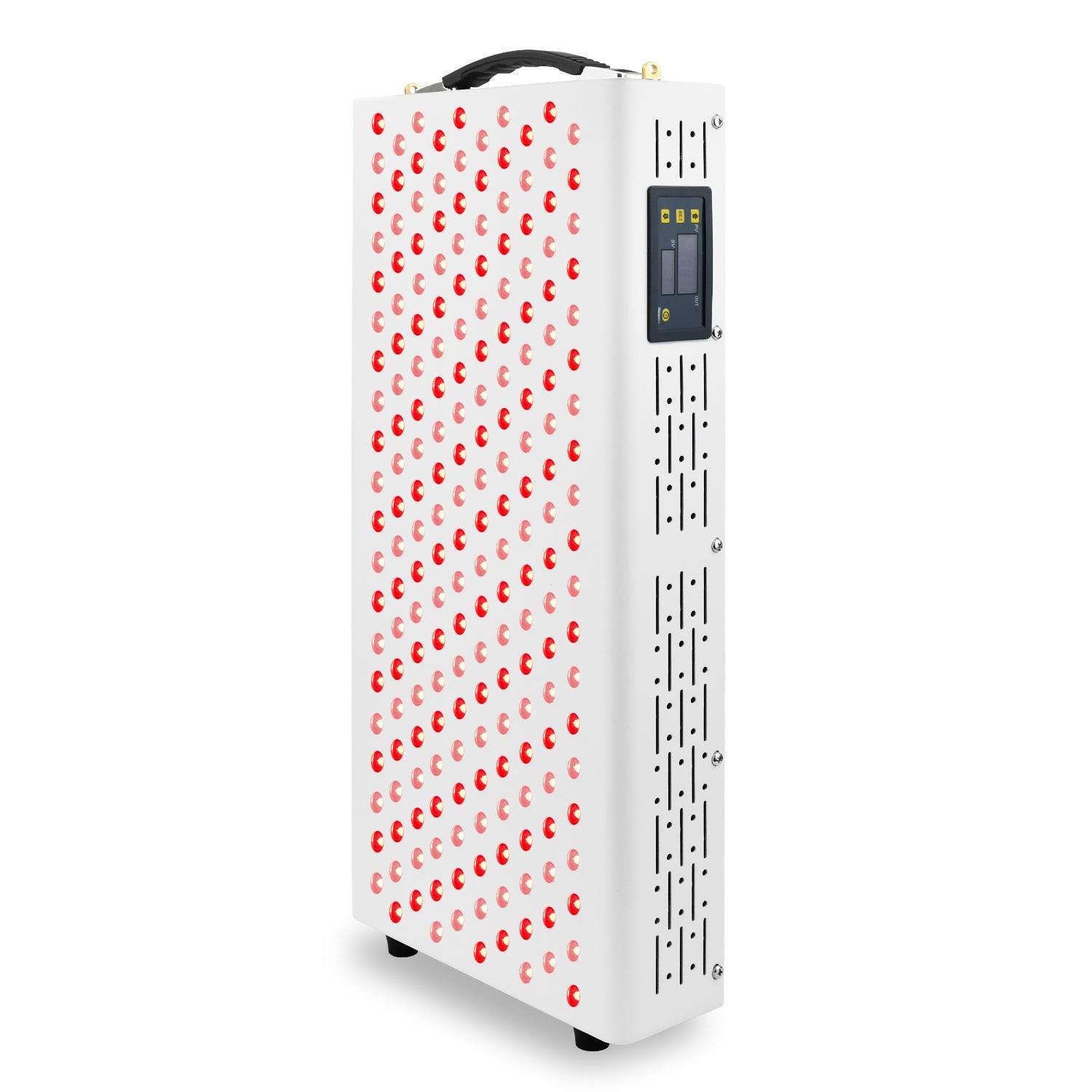
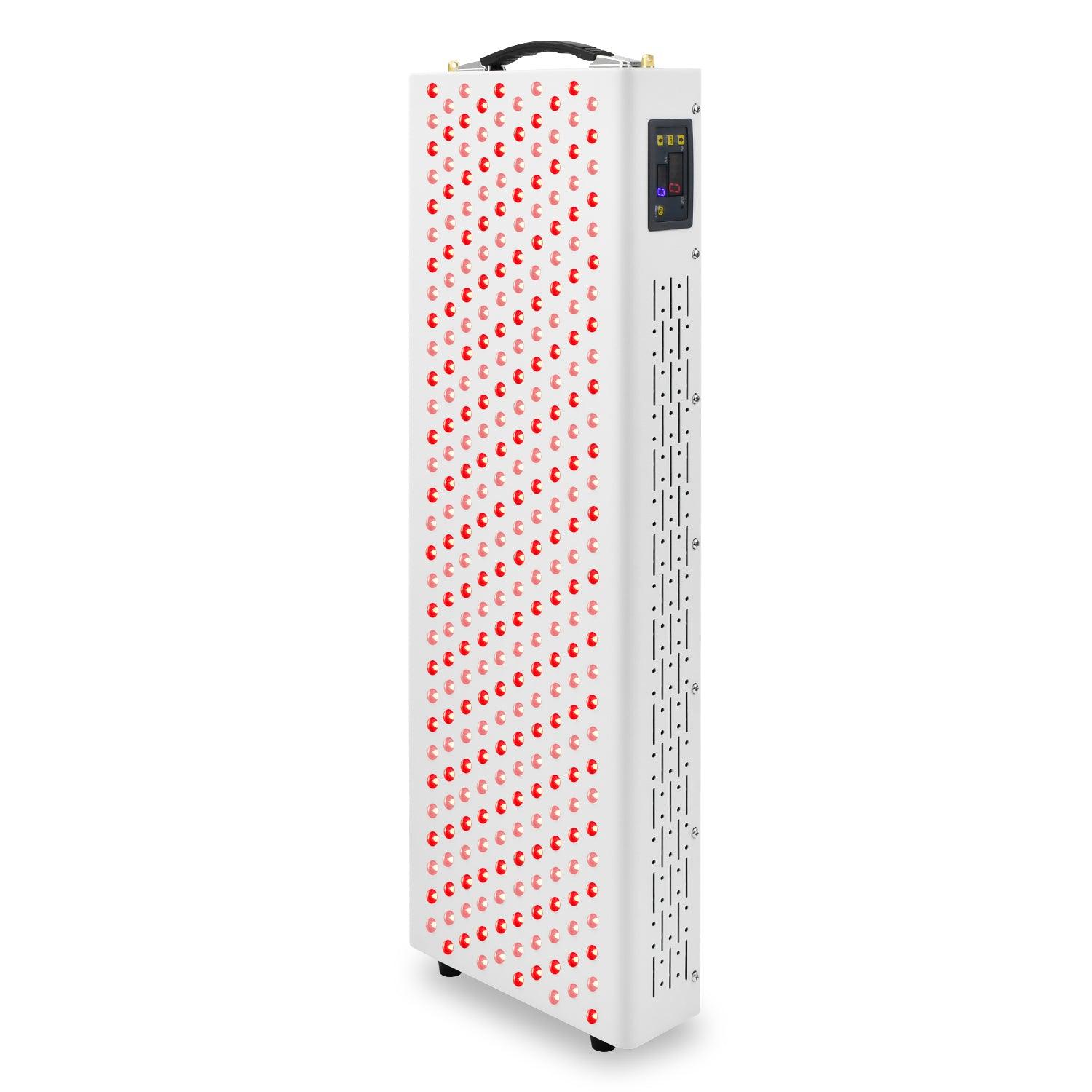
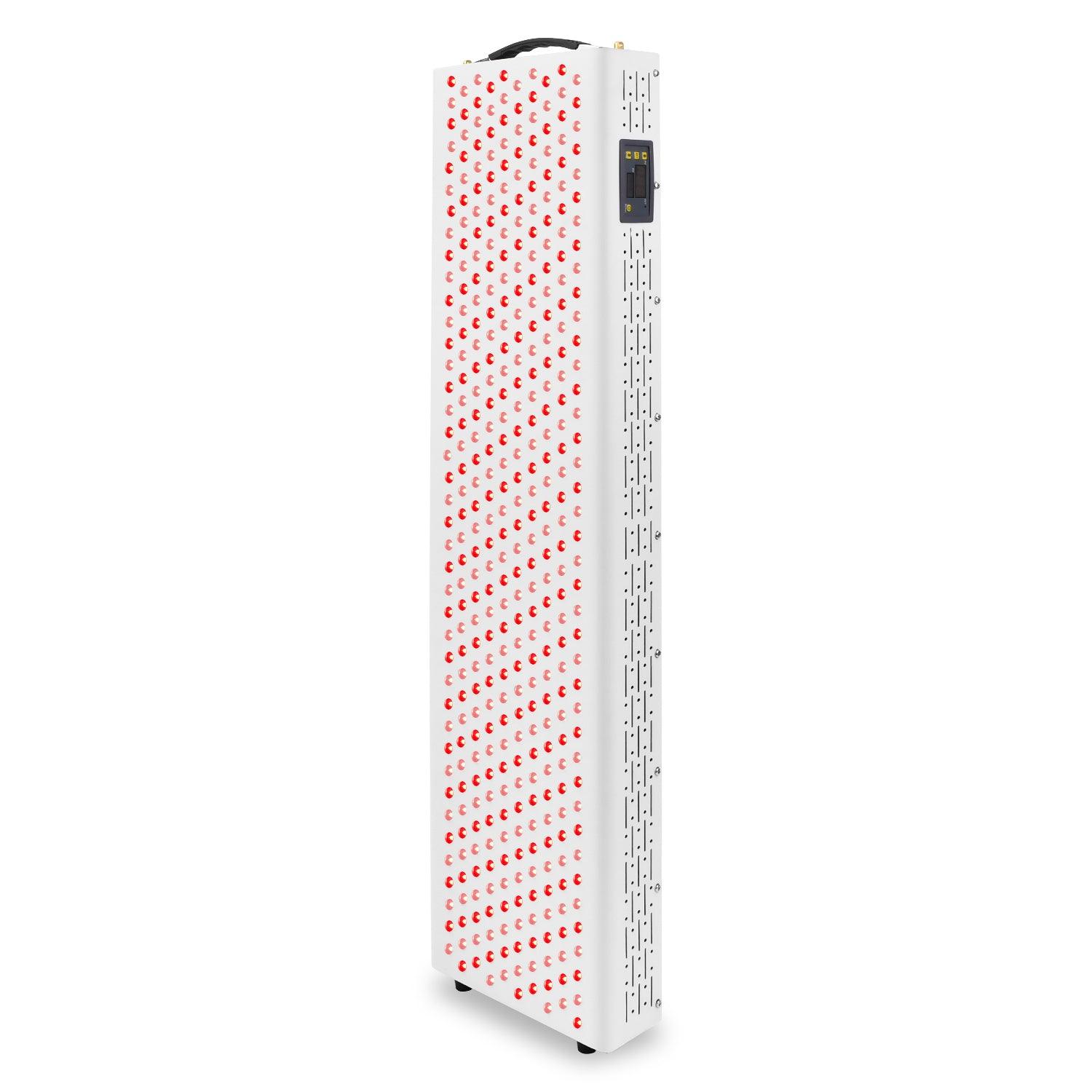

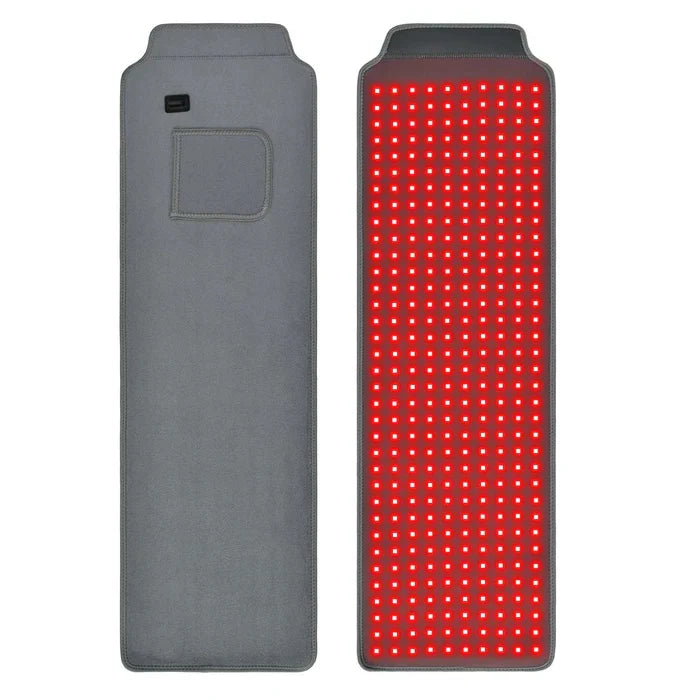



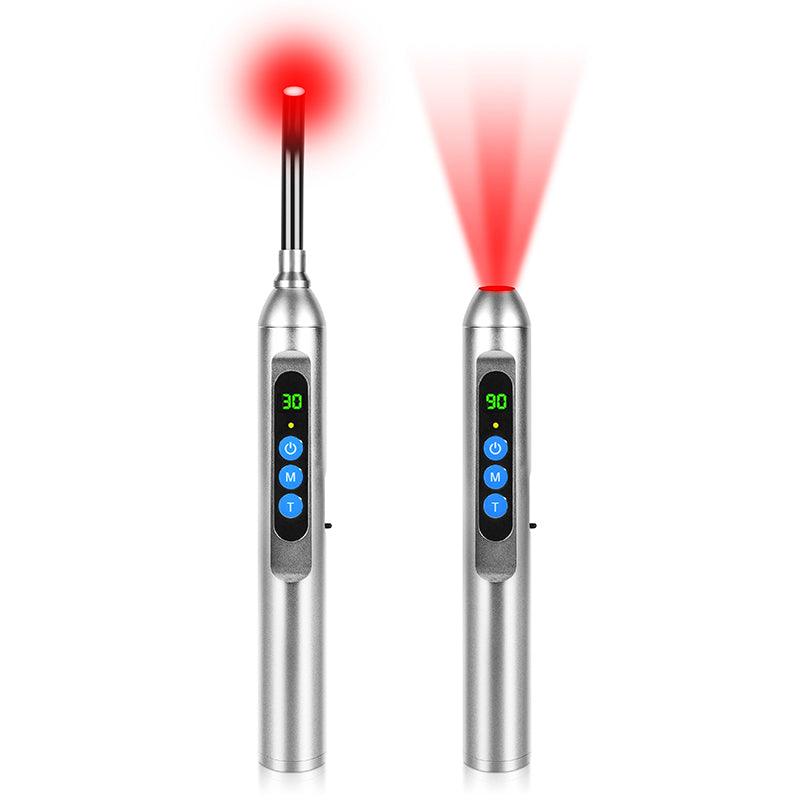

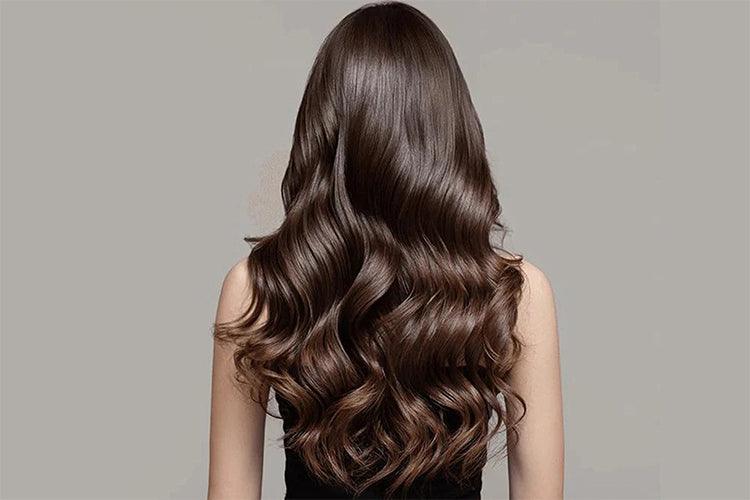
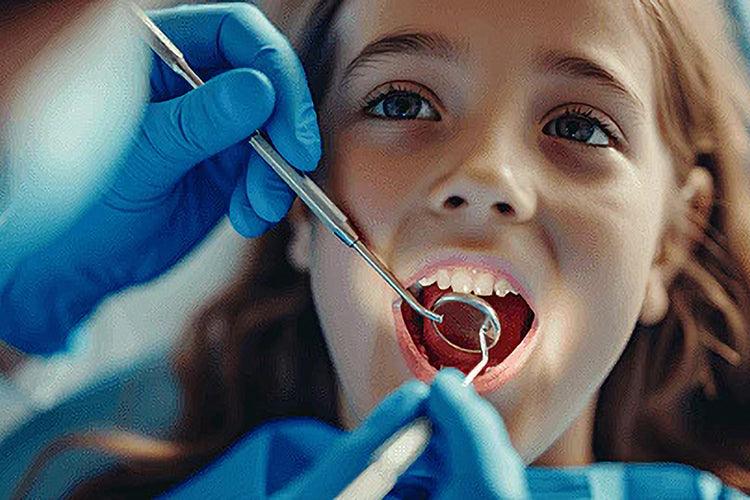

1 comment
Sheila
I went in for a body Red Light Laser Therapy and it helped me a lot. It detoxed my body and helped me to lose 3 to 4 inches and my body pain was down. So I bought me a sheet on Amazon. I have Rotator cuff tendencies and in one week it has improved my healing. I plan on buying more sheets in the future. I like this therapy. Of course I am doing stretches and working out as my physical therapist has taught me.
I went in for a body Red Light Laser Therapy and it helped me a lot. It detoxed my body and helped me to lose 3 to 4 inches and my body pain was down. So I bought me a sheet on Amazon. I have Rotator cuff tendencies and in one week it has improved my healing. I plan on buying more sheets in the future. I like this therapy. Of course I am doing stretches and working out as my physical therapist has taught me.